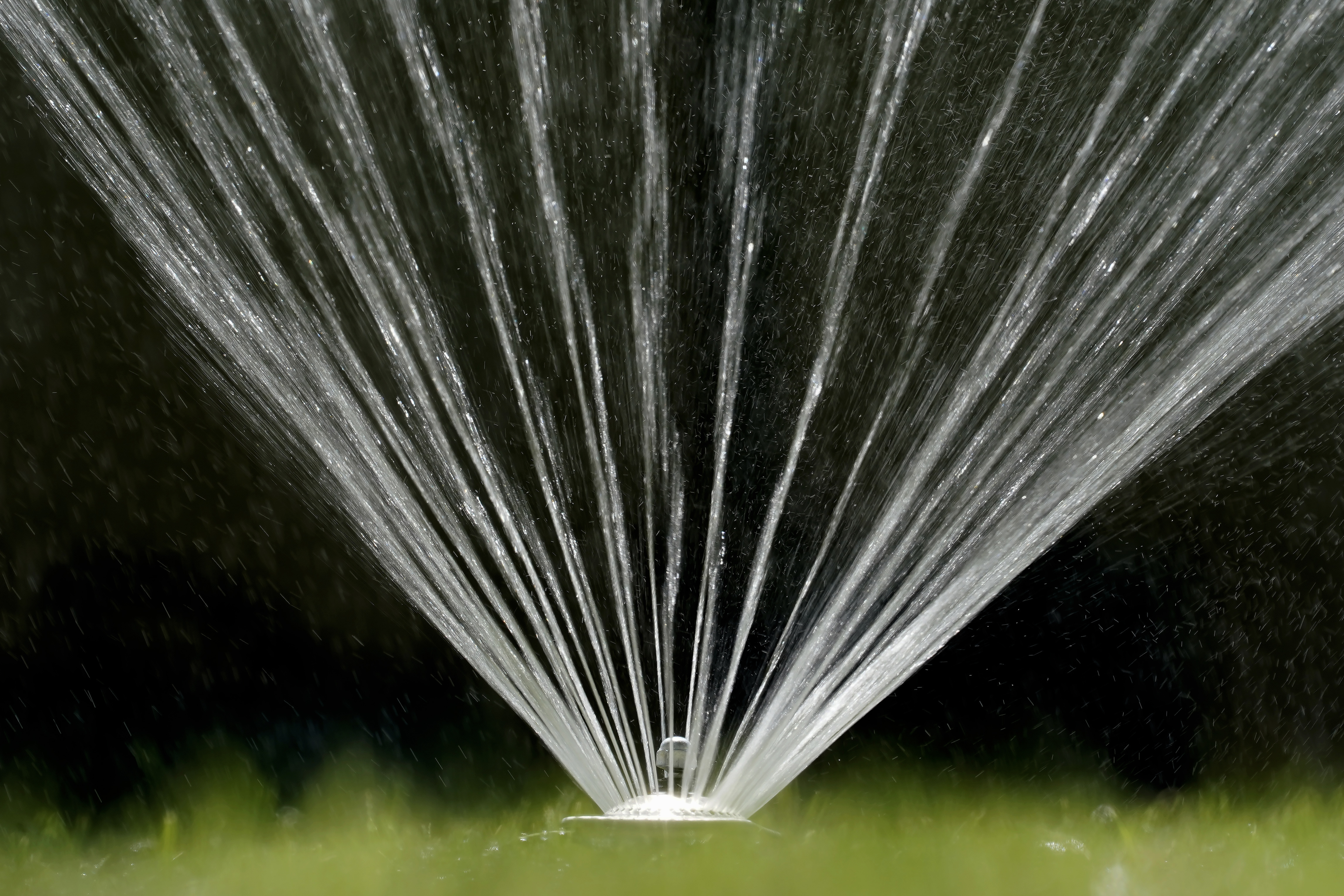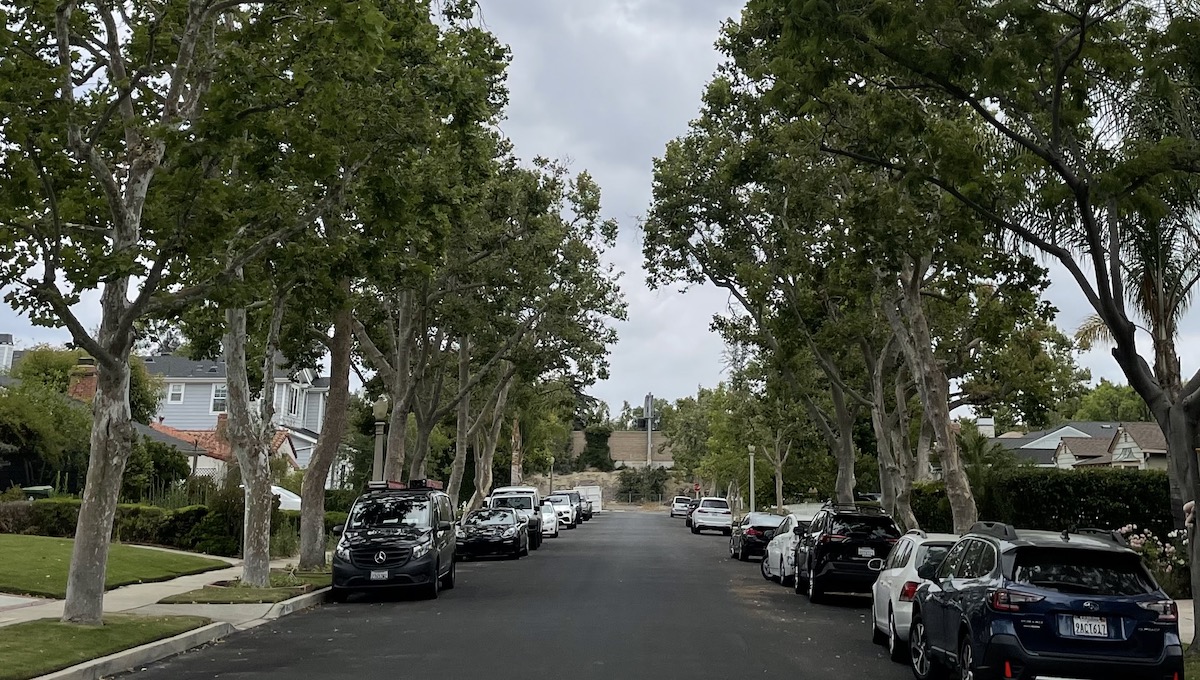An already grim situation just got worse for California in this week's U.S. Drought Monitor report.
'Exceptional drought' expanded in parts of California's agricultural Central Valley north of Los Angeles in this week's report. That is the most severe of the weekly update's four drought categories.
The area includes portions of Kern, Tulare, Fresno, Madera, Mariposa and Tuolumne counties. The flat region that dominates the central part of the state has some of the most productive farmland in the country, including vast crop fields with fruits, grains, nuts and vegetables.
Get top local stories in Southern California delivered to you every morning. Sign up for NBC LA's News Headlines newsletter.
More than a third of the country's vegetables and two-thirds of the country's fruits and nuts are grown in California, according to the state's agriculture department.
Nearly all of California is in moderate to severe drought with a large swath of the nation's most populous state, including northern Los Angeles County and most of Ventura County, in extreme drought.
There were ominous signs months ago, when the state faced one of its driest late winters on record. Ideally, a series of winter storms brings snow to the Sierra Nevada Mountains and rain. That snow then melts in spring and summer, flowing into the state's water system.
After a promising December brought several drenching storms, that optimism dwindled in January, February and March.
"The continued lack of precipitation in the dry areas further dried soils, lowered stream levels, and stressed crops and other vegetation, while the warmer-than-normal temperatures increased evapotranspiration that added to the stress caused by lack of precipitation," the U.S. Drought Monitor report states. "Snow cover is virtually non-existent below 8,000 feet; peak flow through area rivers and inflow into the reservoirs has already occurred or will occur soon, weeks ahead of normal; and applications for grants for well drilling, purchasing tanks, and bottled water recipients are increasing."
How bad are drought conditions compared to past years?
The Metropolitan Water District, which includes parts of Southern California, said that the 2020 and 2021 water years had the least rainfall on record for two consecutive years. In addition, Lake Oroville, the State Water Project’s main reservoir, reached its lowest point last year since being filled in the 1970s.
California isn't alone. The entire U.S. West is in severe drought just a few years after record rain and snowfall filled reservoirs to capacity.
The region is familiar with a boom-and-bust precipitation cycle that scientists say is driven by climate change. The cycle will likely be marked by longer, more severe droughts. A study from earlier this year found the U.S. West was in the middle of a megadrought that is now the driest in at least 1,200 years.
What to know about this drought cycle
California has spent most of the past 15 years in drought, but the current three-year dry spell included one of the driest late winters on record.
The state's normal wet season runs from late fall to the end of winter, but dismal precipitation left about 95 percent of California in severe drought at the start of spring with hot and dry summer months ahead.
Much of California’s water comes from melting snow in the Sierra Nevada Mountains. In an ideal scenario, storms blanket the mountains with snow during winter, building up the natural reservoir. That snow then melts in late spring and early summer, replenishing the state's water system.
Snowpack was far below normal this year. State officials have told water agencies they will receive only 5% of what they’ve requested from state water supplies beyond what’s needed for critical activities like drinking and bathing.
Californians face water restrictions this summer
Some areas have begun instituting mild water restrictions such as limiting how many days lawns can be watered, and more stringent restrictions are likely later in the year.
California Gov. Gavin Newsom threatened Monday to impose mandatory water restrictions if residents don't use less on their own as a drought drags on and the hotter summer months approach.
“Every water agency across the state needs to take more aggressive actions to communicate about the drought emergency and implement conservation measures,” Newsom said in a statement.
Two-day-per-week outdoor watering restrictions begin June 1 in Los Angeles. Under the conservation measures announced May 10, outdoor watering will be restricted to two days per week for LADWP customers, down from the current three, with watering permitted at odd-numbered street addresses on Mondays and Fridays, and at even-numbered addresses on Thursdays and Sundays.
The Metropolitan Water District of Southern California declared an unprecedented water shortage emergency. The agency is limiting outdoor watering to one day per week in some Southern California counties -- affecting about 6 million residents -- after the state's driest January, February and March on record.
The Metropolitan Water District restrictions also are set to begin June 1.
The LADWP opted not to limit outdoor watering to one day per week, unlike other local agencies within the MWD. The LADWP will instead focus on staying at or below a monthly allocation based on volume measurements.




